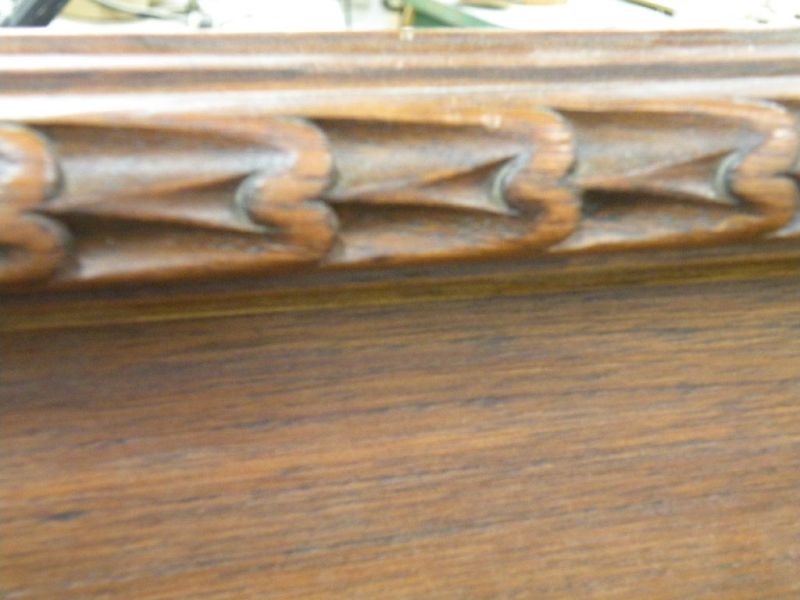Troubleshooting HSK Spindle Release Issues
Dust and dirt can cause problems with HSK spindles. Here's how to fix them. September 30, 2010
Question
My CNC is giving me a timeout failure as it tries to release the HSK from the spindle onto the carousel. I had the same issue yesterday and after manually releasing the HSK, I lubricated the inside of the router where contact is made. It just did it again on a bit I haven't used in a while. I am thinking there might be dirt or something on the head of the HSK that is jamming up. Anybody else have this problem?
Forum Responses
(CNC Forum)
From contributor H:
The tool sensors may need adjusting. Confirm that the air pressure is correct.
From contributor M:
It is always a good idea to clean the conical surfaces of the tool-holders as well as lubricate the HSK collet on the spindle with some Metaflux moly spray as a regular part of maintenance. Also do not leave the tools in the spindle if it's not being used for a long period of time (cover the spindle nose). Contributor H is correct that the sensors may need adjustment as well in this case, and make sure your air pressure is correct and the air has no moisture.
From contributor R:
It is quite common for dirt and dust to accumulate in the spindle and cause exactly what you describe. You didn't mention the brand of machine, however the adjustment of the collet itself is very sensitive. I would check that first. I would reserve adjusting the actual sensors until last, as they generally do not move. And adjusting any one sensor changes the relationship between the sensors.
Never blow air into the collet - that will only make it worse. Use a spray degreaser that will dissolve the dust, then operate the collet several times to expel the dust/dirt.
From the original questioner::
I checked the heads. Contributors M and R, you guys were both correct. There was a buildup of dirt on both the HSK and inside the router head where the connection is made. I took all the HSKs off the carousel, cleaned them and put away two that I do not use often. I also cleaned out the inside of the router and re-greased it with the Metaflux. Thanks to all for the responses.
P.S. It's a Biesse Rover
From contributor W:
I had lots of problems with our Rover B too, regarding the tool changer. We use lots of aggregates and the one with the sawblade on it was the worst for spitting dust all over the tool changer carousel, which caused lots of tool change problems, not picking up and not letting go and also small pieces of dust getting in, and boy does the machine vibrate when that happens. To fix this problem I teed into the air lines that blow on the toolholders and added a few lines to help blow them off. I also bypassed the electro-valve for that air blower that is on the head so it always blows air near the spindle where the tool mates.
One other thing I noticed between our Rover 24 and Rover B is the suction line opens on the 24 but stays closed on the B during a tool change. I found when it's open any dust floating around will get sucked up, but on the B when it stayed closed the dust was getting on the toolholders, so I also removed the steel butterfly piece so the suction is on all the time. These things have solved all my tool change problems on our Rover B, 99% of the time.
From contributor D:
I like contributor W's advice. I too had some extreme frustration with this and most of the problems went away with some creative deflection shields and different hose routing for dust collection. Back then rarely a day would go by without a tool getting stuck. I can't remember it happening more than a couple of times in the last six months now, and that didn't really bother me too much. By the way, our other machine utilizes iso cones, and never has problems. We were sold on HSK by all except one salesman from Multiax, which we didn't buy. Seems he knew what he was talking about...
From contributor T:
HSK connections are more prone to issues of this nature, in woodworking applications, due to the nature of the environment and the precision of their design. They are a more precise and rigid coupling than ISO30 or CAT40 couplings. They also rely on contact on multiple surfaces of the holder, where the tapered cones only rely on one surface contacting the spindle. Structured operators level maintenance of the spindle and tool holders typically resolves 80% of the issues.
I really enjoyed the creativity of some of your responses. Great ideas.
